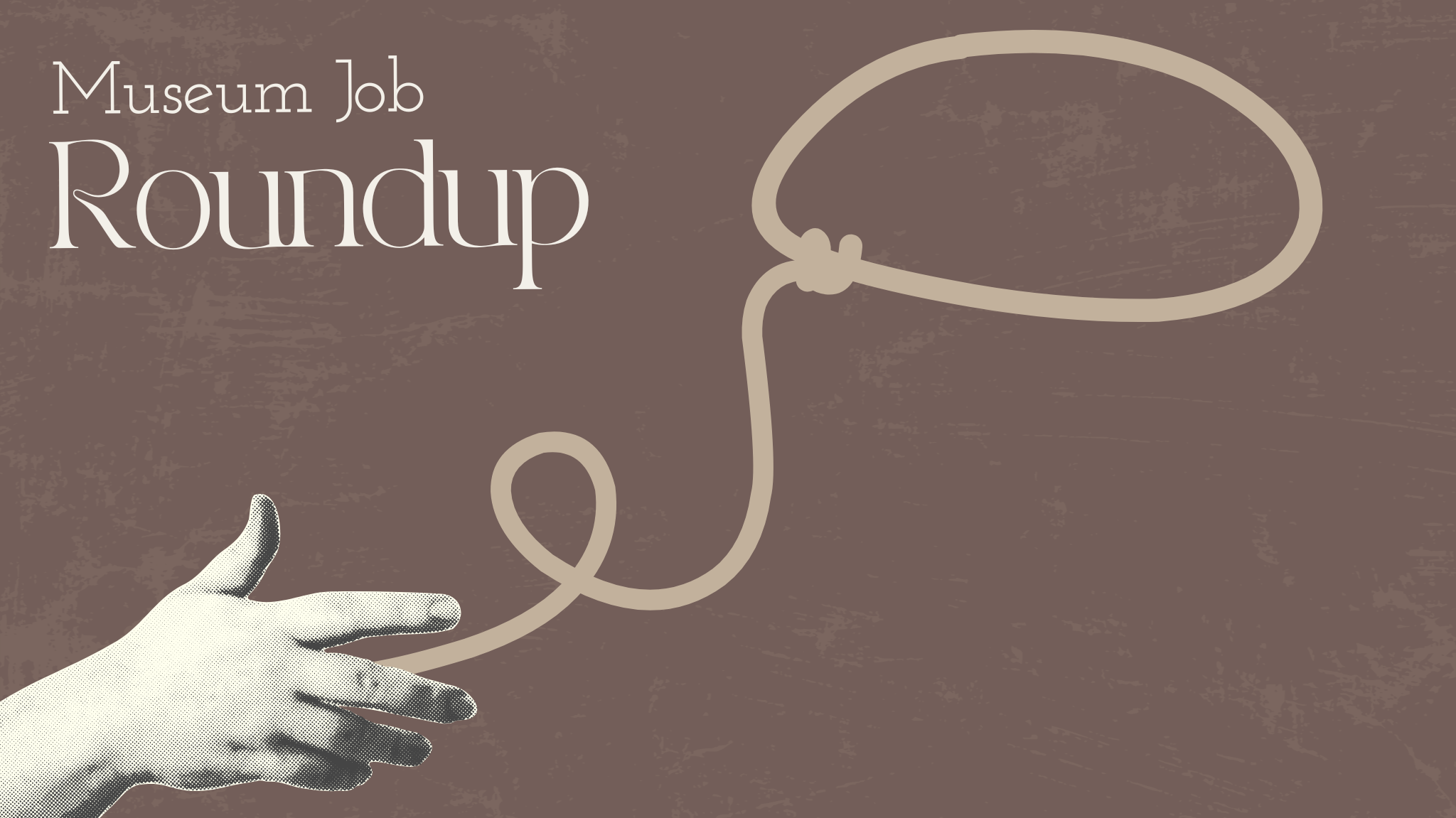In the Tufts Museum Studies Program, we frequently discuss the importance of supporting local museums. We are very lucky, in Medford, to have incredible places like the Medford Historical Society and Museum right down the street! The MHSM has some great events coming up. Take a look at their offerings below, and we hope you’ll join us in attending them!
SEPTEMBER
Bill Monbouquette: One of a kind! A Red Sox and Medford Legend
Speaker: Herb Crehan, Boston Baseball Historian
Thursday, September 25, 2025, at 7:00 p.m., Medford Public Library
The city of Medford and Medford High School have produced many great athletes over the years including track stars, hockey players, Olympians, and more. Bill “Monbo” Monbouquette, MHS (1955), and former Red Sox All-Star pitcher, is near to the top of that list. Monbo was inducted into the Mustang Hall of Fame, played soccer, hockey, and baseball in high school, the sport where he rose to the highest of professional achievements.
Register here.
OCTOBER
Emotional Turmoil Erupts on High Street!
Speaker: Dee Morris, Historian
Thursday, October 9, 2025, at 7:00 p.m., Medford Public Library
Thatcher Magoun, Jr. (1808-1883) and his family enjoyed living in a splendid mansion overlooking the Mystic River. Although he inherited his father’s shipbuilding empire which brought him wealth as well as prestige, in 1876, his comfortable world was shattered. Learn about this intriguing Medford scandal that made the New York Times newspapers.
Register here.
“In Present Absence”
Performer: Bianca Broxton, Graduate of the School of Fine Arts at Tufts University and currently enrolled in the School of Visual Arts in New York City.
Sunday, October 26, 2025, at 5:30 p.m., MHSM, 10 Governors Avenue, Medford
A performance piece by multidisciplinary artist, Bianca Broxton, remembering and paying tribute to Black women enslaved in Medford, with special attention to Belinda Sutton, held in bondage for fifty years in Medford at the Royall Estate. At a time of attack on DEI and restorative justice, it is especially important to commemorate and honor the courage of historical figures in Medford who showed unwavering resilience in a time of legal enslavement.
This will be a multimedia presentation within the exhibit currently on display in the Historical Society’s Museum at 10 Governors Avenue, “MIGRATION: The Ongoing American Revolution.”
FREE and open to the public.
Sunday, October 26, 2025
5:30-6:00 Performance
6:00-6:20 Reception
6:20-6:45 Conversation with the artist
Boston Massacre Trials: Blood in the Snow
Speaker: Hon. Dennis J. Curran, Justice, Massachusetts Superior Court (Ret.)
Thursday, November 13, 2025, at 7:00 p.m., Medford Public Library
Denounced as an act of unprovoked violence and villainy, this event is one of the most familiar incidents in American history, yet one of the least understood. The speaker will revisit this dramatic episode and the resulting trials, the competing narratives that molded public perceptions, and the unheralded courage of one lawyer and a future President – John Adams – tasked with the defense of the captain of British troops charged with murder.
November marks the 255th year commemoration of this historic event – and event that launched the American Revolution.
DECEMBER
MHSM Member Holiday Party, Presentation & Toy Drive
Holiday Traditions in Boston
Speaker: Anthony Sammarco, Historian & Author
Thursday, December 4, 2025, at 7:00 p.m., MHSM, 10 Governors Avenue, Medford
In 1659, the General Court of Massachusetts Bay Colony banned by law the celebration of Christmas as it was deemed to be a time of seasonal excess with no Biblical authority. Though repealed in 1681, it would not be until 1856 that Christmas Day became a state holiday in Massachusetts.
In his book on Christmas Traditions in Boston, Anthony Sammarco outlines the celebration (or lack thereof) of Christmas in the first two centuries after the city was settled in 1630. By the mid-19th century a German immigrant named Charles Follen introduced the Christmas tree to Boston, and shortly thereafter Louis Prang introduced his colorful Christmas cards, the first in Boston. Learn more about new and emerging Christmas traditions over the years.



